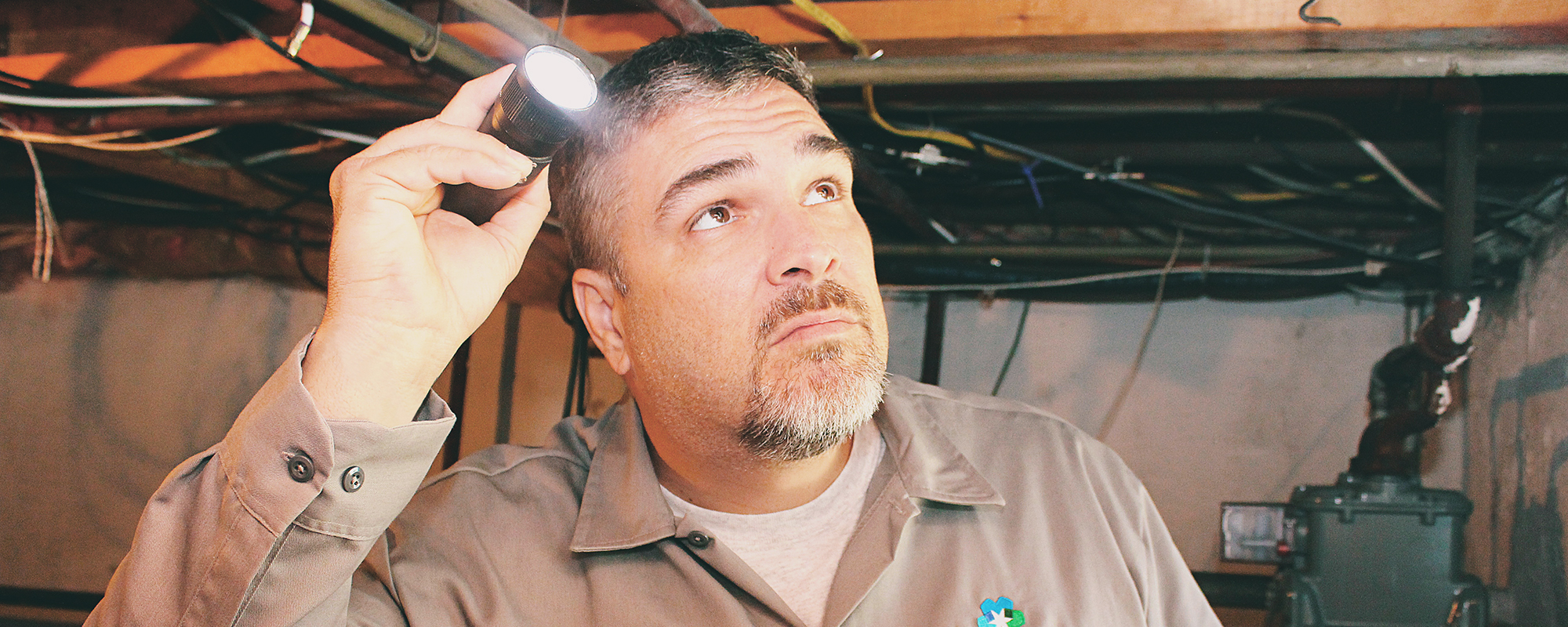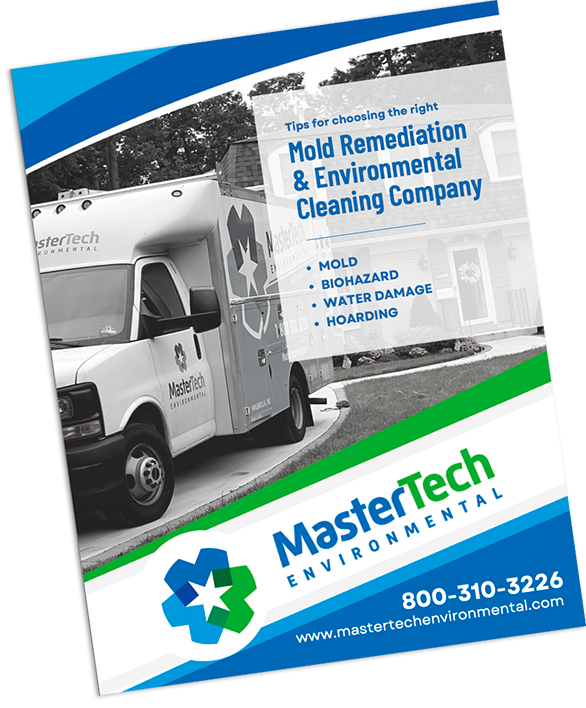 Slow Leakage In Your South Jersey Home
Slow Leakage In Your South Jersey Home
You may be under the impression that a slow, minor leak in your home is nothing to be concerned about. You’ll get to it eventually, right? The truth is that because of this mindset, slow leakage can be even more damaging than a flood or other intense water damage. With a slow leak, it has time to build up, whereas something larger, such as a flood, will be taken care of and dried up almost immediately. Water buildup from slow leakage can lead to diminished structural integrity, as well as severe mold growth. This is why it is so important to handle slow leakage as soon as possible. That way, you can minimize the amount of damage it does to your home.
The tough part is being able to detect slow leakage before it does any serious damage. Oftentimes, homeowners don’t even realize that there is a leak in the property until it’s too late. Mold in hidden areas, like wall voids, can be especially difficult to detect. The constant flow of water caused by slow leakage can lead to severe water damage and mold development over time. Because the leak is so inconspicuous, there are many situations where the leak has been found after the damage is already done.
How To Check Your Home For Signs Of Slow Leaks
Dealing with occasional water damage is part of regular home maintenance. It’s a normal part of being a homeowner. However, not all leakage is made equally. Sometimes it can be difficult to identify when your home is experiencing water damage, especially when it comes to slow leakage. It can sometimes be difficult to detect a slow leak in its early stages, because it can easily go unnoticed. This is why it’s imperative that as a homeowner, you pay close attention to the signs of water damage and mold that your home is displaying.
Signs Of Mold Caused By Slow Leakage
 Visible Signs: In some scenarios, mold caused by slow leakage is plain to see. Dark staining or splotches on porous building materials are a dead giveaway of mold development. Mold can be seen in many colors, including black, white, brown, grey, and even green or blue.
Visible Signs: In some scenarios, mold caused by slow leakage is plain to see. Dark staining or splotches on porous building materials are a dead giveaway of mold development. Mold can be seen in many colors, including black, white, brown, grey, and even green or blue. - Staining: Suspicious staining or discoloration can be a sign of mold caused by slow leakage. Water damage can often cause dark staining on porous building materials where it has soaked in over time. Keep a lookout on your walls, floors, and ceilings for any staining that you may not have previously noticed.
- Odor: Mold can give off a distinct, musty odor. A suspicious odor in an area of your home can indicate moisture problems, even if you may not be able to see it. Pay attention to where you are detecting the odor within your home. This area should be the first place you begin searching for other signs of mold.
- Sagging & Swelling: Excess moisture in ceilings or walls can cause a lot of water weight to collect within the structure. Over time, these areas can begin to sag or droop under the weight of the damage. Areas where sagging or swelling have occurred are plain to see. This can pose a severe safety hazard as it diminishes structural integrity of the building material, and has the potential to collapse.
- Peeling: Paint and wallpaper can begin to peel or bubble up in the presence of excess moisture due to slow leakage. This generally happens when mold and moisture damage is present in wall or ceiling voids.
 Damage From Slow Leakage May Require A Mold Inspection
Damage From Slow Leakage May Require A Mold Inspection
If you notice any of these signs that could indicate slow leakage and mold development within your home, it is important to act fast. Fix the leak as soon as possible, and assess any damage that was caused by the leak. As with any kind of water damage, it is important that you contact a mold inspection and remediation company to identify any mold damage that may have occurred. Building materials must be either dried out and remediated, or removed altogether by a professional mold remediation company.
Slow leakage within your home can do some serious damage, causing diminished structural integrity and mold growth. A thorough inspection can make all the difference when it comes to effectively addressing the leak issue. If you have discovered a slow leak in your South Jersey property, don’t hesitate to contact a professional mold remediation company in your area ASAP for a proper assessment of the area.


